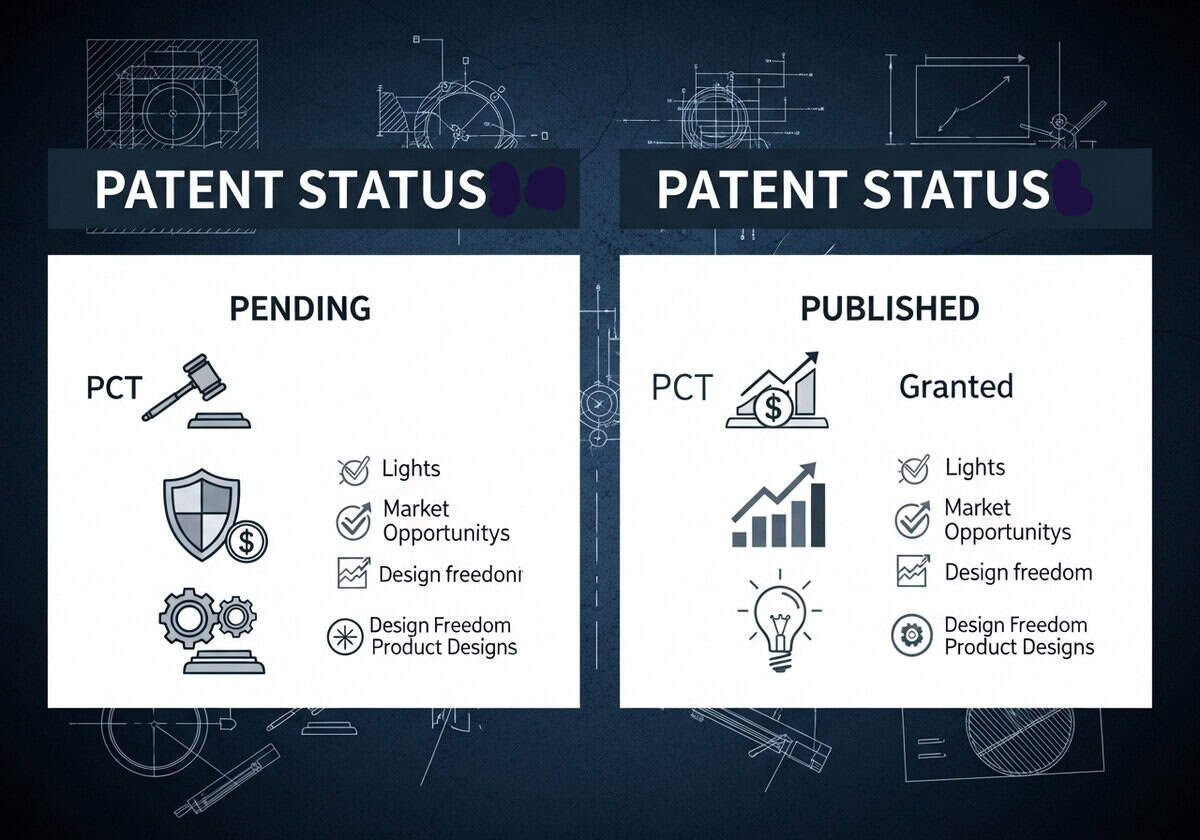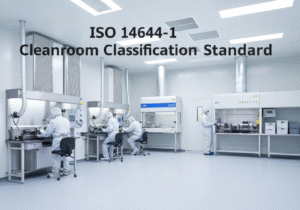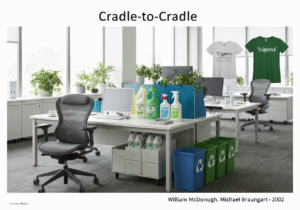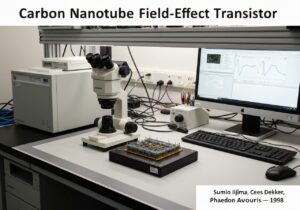For an engineer or product designer, understanding the specific براءة اختراع status provides direct insight into design freedom and competitive intelligence. A patent’s current stage dictates the level of legal risk, what can be publicly disclosed, and how to position a new product. Mistaking a published application for a granted patent could lead to building a product that will infringe, resulting in costly redesigns or litigation. Conversely, recognizing that a competitor’s patent is only at the PCT application stage reveals a long timeline before any enforceable rights exist, creating a window of opportunity for market entry or the development of alternative, non-infringing solutions. This knowledge transforms الملكية الفكرية from a legal abstraction into a practical guide for technical and strategic decision-making.
Each patent status carries a distinct set of possibilities and limitations described in detail below. The “patent pending” status, for example, allows a company to market an invention and deter copycats while the application is still under review. A “granted patent” shifts the focus to enforcement and marking products with the patent number to secure full damages against infringers.
النقاط الرئيسية
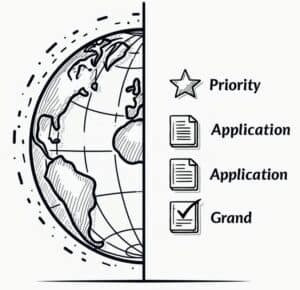
- PCT application enables global patent filing strategy.
- Published applications provide early disclosure for prior art.
- A granted patent confers legal rights for enforcement.
- Understand differences in legal patent status and protection scope.
- Follow systematic process from priority to grant efficiently.
The PCT Application as an International Pathway
A Patent Cooperation Treaty (PCT) application serves as an international mechanism for patenting inventions across multiple jurisdictions.

This pathway allows inventors to secure their intellectual property rights in several countries through a single application, which simplifies the initial steps in protecting innovations globally. By filing a PCT application, applicants effectively postpone the high costs associated with filing in individual countries while retaining the option to pursue patents later on in different markets. The PCT has been adopted by 155 contracting states, which increases its importance as a strategic tool for international business and trade.
The PCT application process bifurcates into two main phases: the international phase and the national phase. During the international phase, applicants receive an International Search Report (ISR) that outlines potential prior art. This process enables inventors to evaluate the viability of their inventions before incurring additional expenses in foreign patent offices. Once the ISR is received, applicants can decide in which member states to pursue their patent rights, allowing for strategic market entry decisions.
An important aspect of the PCT system is also its unifying feature, which aggregates data and promotes information sharing among member states, leading to enhanced opportunities for technology licensing.
The early international filing date provided by the PCT is advantageous because it establishes priority, allowing inventors to claim their invention dates before later filings in national jurisdictions.
The traditional approach: consider filing a PCT application if you anticipate wanting patent rights in multiple countries, as it maximizes your options and provides essential time to assess commercial viability before committing to national filings.
نصيحة الخبراء: strategically use the Chapter II demand for International Preliminary Examination to obtain a positive patentability report before entering the national phase.
Many applicants file a PCT application, receive the initial search report and written opinion, and then simply wait for the 30-month deadline to enter the national phase. An expert approach, however, treats the international phase as a dry run for actual examination. If the initial written opinion raises objections, instead of waiting to fight the same battle in ten different countries, you can file a “Chapter II demand.” This allows you to submit arguments and claim amendments directly within the PCT system under Article 34. The goal is to resolve the examiner’s objections and persuade them to issue a positive International Preliminary Report on Patentability (IPRP). A favorable IPRP is a powerful tool; it can be used to accelerate examination and increase the likelihood of allowance in many national offices through the Patent Prosecution Highway (PPH) program, saving immense time and money by solving the core patentability issues once, at a centralized level.
(راجع جدول المقارنة الكبير أدناه للاطلاع على جميع معاهدات التعاون بشأن البراءات, براءة اختراع معلقة، مقارنة براءة الاختراع المنشورة وبراءة الاختراع الممنوحة)
The Pending Patent Status
A pending patent is a patent application that has been formally filed with a national or regional patent office and is awaiting a final decision. During this period, the application is under review by a patent examiner who determines if the invention meets the legal المعايير for patentability, such as novelty and non-obviousness.
This examination phase involves a formal dialogue between the applicant and the examiner, where issues are addressed through office actions and responses.
The entire period from the initial filing until the application is either granted or abandoned is known as the pending state.
يتمثل التأثير الأساسي لحالة براءة الاختراع هذه في أنها تسمح لمقدم الطلب بتمييز المنتجات بإشعار "براءة اختراع معلقة". ويحذر هذا التعيين المنافسين من وجود طلب للاختراع وأن الحقوق الحصرية قد تُمنح في المستقبل. لا توفر براءة الاختراع المعلقة أي حق فوري لمنع الآخرين من صنع أو البيع الاختراع؛ فهو ليس صكاً قانونياً واجب النفاذ. ومع ذلك، بمجرد نشر الطلب، قد ينشئ الطلب حقوقًا مؤقتة، والتي يمكن أن تسمح للمالك بالمطالبة بتعويضات عن الأنشطة المخالفة التي حدثت خلال فترة الانتظار ولكن فقط بعد منح البراءة رسميًا. كما تخضع المطالبات التي تحدد نطاق الاختراع للتغيير طوال فترة الفحص هذه.
نصيحة الخبراء: strategically use continuation applications to keep your invention’s subject matter in a pending state, even after an initial patent is granted.
Before you pay the issue fee for an allowed application, file a continuation application. This new application inherits the priority date of the original but remains pending and open for examination. This creates a powerful strategic advantage: it can allow you to pursue a different set of claims if a competitor launches a product that tries to design around your first patent’s claims. You can draft new claims in the continuation, supported by your original disclosure, that are specifically designed to cover that competitor’s product. This tactic transforms a static patent into a dynamic offensive tool, creating a “picket fence” of protection around your core technology and making it significantly harder for others to operate in your space.
(refer to the big comparison table below for all the PCT, pending patent, published patent and granted patent comparison)
Definition of Published Patent Application and Its Role in Prior Art
يشير طلب براءة الاختراع المنشور إلى طلب براءة الاختراع الذي...
لقد قرأت 26% من المقال. الباقي لمجتمعنا هل أنت عضو بالفعل؟ تسجيل الدخول
(وأيضًا لحماية المحتوى الأصلي لدينا من روبوتات الكشط)
مجتمع الابتكار العالمي
تسجيل الدخول أو التسجيل (100% مجاناً)
اطلع على بقية هذه المقالة وجميع المحتويات والأدوات الخاصة بالأعضاء فقط.
فقط المهندسون والمصنعون والمصممون والمسوقون الحقيقيون المحترفون.
لا روبوت، ولا كاره، ولا مرسل رسائل غير مرغوب فيها.
